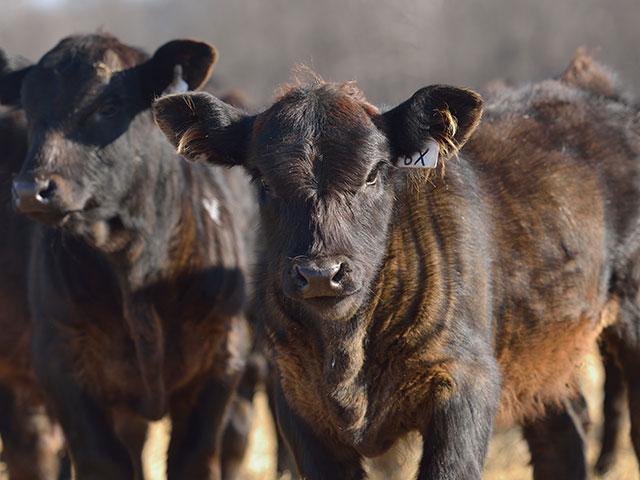Beef Balanced Globally
More Beef Production in Brazil, Australia Offsetting Tight US Supplies
A new quarterly report from Rabobank shows that increased beef production in Brazil and Australia will likely offset production declines in the U.S. As those countries bump up production, they will be looking to export markets to use it, as their domestic consumption is static or in decline.
Overall, global beef supplies are expected to remain largely steady looking to the next 12 months.
P[L1] D[0x0] M[300x250] OOP[F] ADUNIT[] T[]
Angus Gidley-Baird, senior analyst of animal protein at Rabobank, writes that the standout will be cattle prices in the U.S. and Canada, which are pushing into new record territories.
"This is driven by declining production volumes and firm demand," he said. "It stands in contrast to other beef-producing and exporting countries, which have declining or steady cattle prices. The spread between U.S. cattle prices and those in other countries is the largest in the history of Rabobank's index."
That spread, he added, is expected to start to affect trade flow, with redistribution away from the more expensive U.S. product to cheaper Australian and Brazilian product.
In the new report, Gidley-Baird said that going into 2023, weaker U.S. exports are expected, largely due to domestic production declines.
USDA LOOKS FOR EVEN TIGHTER SUPPLIES OF U.S. CATTLE
In its May Livestock, Dairy, and Poultry Outlook report, USDA projected tighter supplies of cattle will pull down U.S. beef production well into 2024. The agency projects an 8% production decline to 24.7 billion pounds. The retail-equivalent basis in 2024 is expected to be 52.8 pounds per capita, the lowest since records began in 1970.
Cattle prices are expected to reach new highs in 2024. The forecast for imports is up for 2024, but down for exports due to tighter domestic production.
Everything seems to indicate that producers are edging into expansion mode where possible, taking fewer cows and bulls to slaughter. This year, however, tighter forage supplies and lower feed prices mean the industry will likely see larger numbers of calves placed in feedlots earlier than normal.
(c) Copyright 2023 DTN, LLC. All rights reserved.





